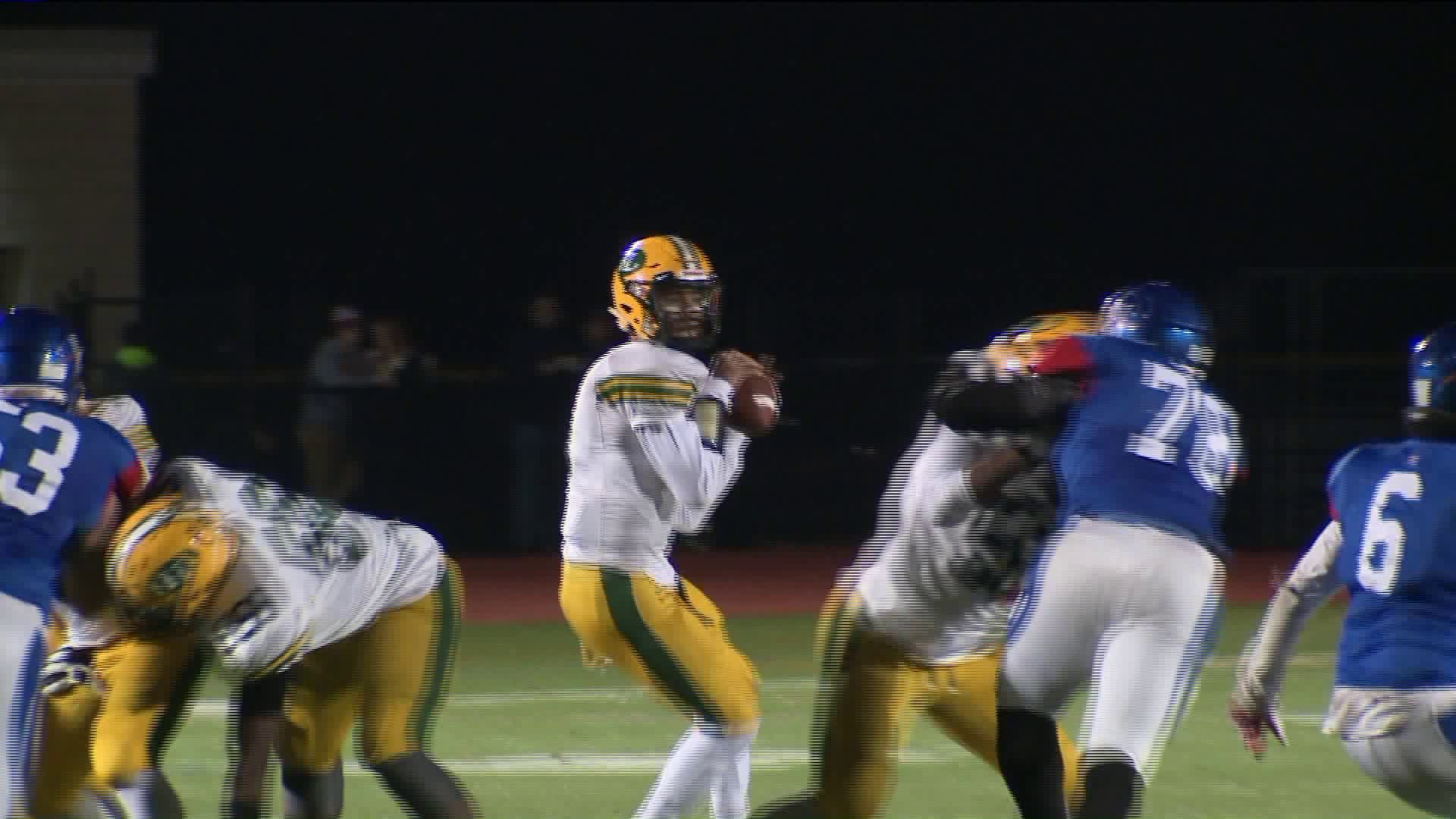BOSTON — Research on 202 former football players found evidence of a brain disease in nearly all of them, from athletes in the NFL down to high school.
It’s the biggest update on chronic traumatic encephalopathy, or CTE. The disease has been linked with repeated head blows and the results confirm that it can happen even in young players.
The study out of Boston University’s Medical School was published in Tuesday’s Journal of the American Medical Association. Researchers examined donated brains from 202 deceased former football players and found CTE was neuropathologically diagnosed in 177 players, or nearly 90 percent of brains studied.
According to researcher, Dr. Michael Alosco, the brain had to be sliced up in different ways and examined under a microscope.
The research involving 202 players resulted in positive tests for CTE in three out of 14 former high school players, 48 out of 53 college, and 110 out of 111 former NFL players.
“They often have the most severe type of pathology and then when you get to a younger age and lower level of play we saw less sever pathology,” Dr. Alosco said.
According to Dr. Alosco, all players involved in the study were expected to have CTE before they died.
Hartford Hospital Department of Neurology Chief Dr. Mark Alberts said doctors can suspect someone may have CTE based on symptoms but it can only be proven after someone passes away by examining their brain.
“We don’t know what the whole scope is because we’re not taking a lot of people's brains and looking at them under a microscope just because maybe they played football for a few months or a few years,” Dr. Alberts said. “So, you have to be careful with a small study of selective patients generalizing it to the whole group.”
Dr. Alberts said side effects of CTE can come on over the course of months or years and include trouble with thinking, trouble with memory, trouble with behavior, depression, and aggressiveness.
Researchers still don’t know how common it is in football or the general population. Some players with repeated concussions never develop it.
“It's still something to be aware of because the more you get head trauma, your risk of getting this increases, your best treatment is to avoid it,” Dr. Alberts said.
The Connecticut Interscholastic Athletic Conference put a policy in place in 2014 limiting the amount of permitted contact in football practice that apply to spring, pre- and regular season.
Maloney High School Football Coach Victor Marquez told FOX61 if a athlete gets hurt in a game they’re required to see medical staff and if necessary, coaches will take away helmets and pads so the player cannot re-enter the game until they are cleared by a doctor. “If I wasn’t a coach, I’d want another adult that’s there to focus on that for my children and any of the other kids,” Marquez said.
According to CT Associations of Schools Executive Director Karissa Niehoff, coaches are required to complete a concussion education course and a “refresher,” experience each year.
On top of that, student-athletes are provided educational information that they must sign off on before an athlete can play.
Niehoff said all Connecticut high schools are required to enter concussion data for football programs, and over the past two years, Connecticut data has indicated lower concussion rates than the national average. She believes this suggests educational efforts and contact limitations are effective.
The NFL released a statement in reaction to the study: "The NFL will continue to work with a wide range of experts to improve the health of current and former NFL athletes. As noted by the authors, there are still many unanswered questions relating to the cause, incidence and prevalence of long-term effects of head trauma such as CTE."

